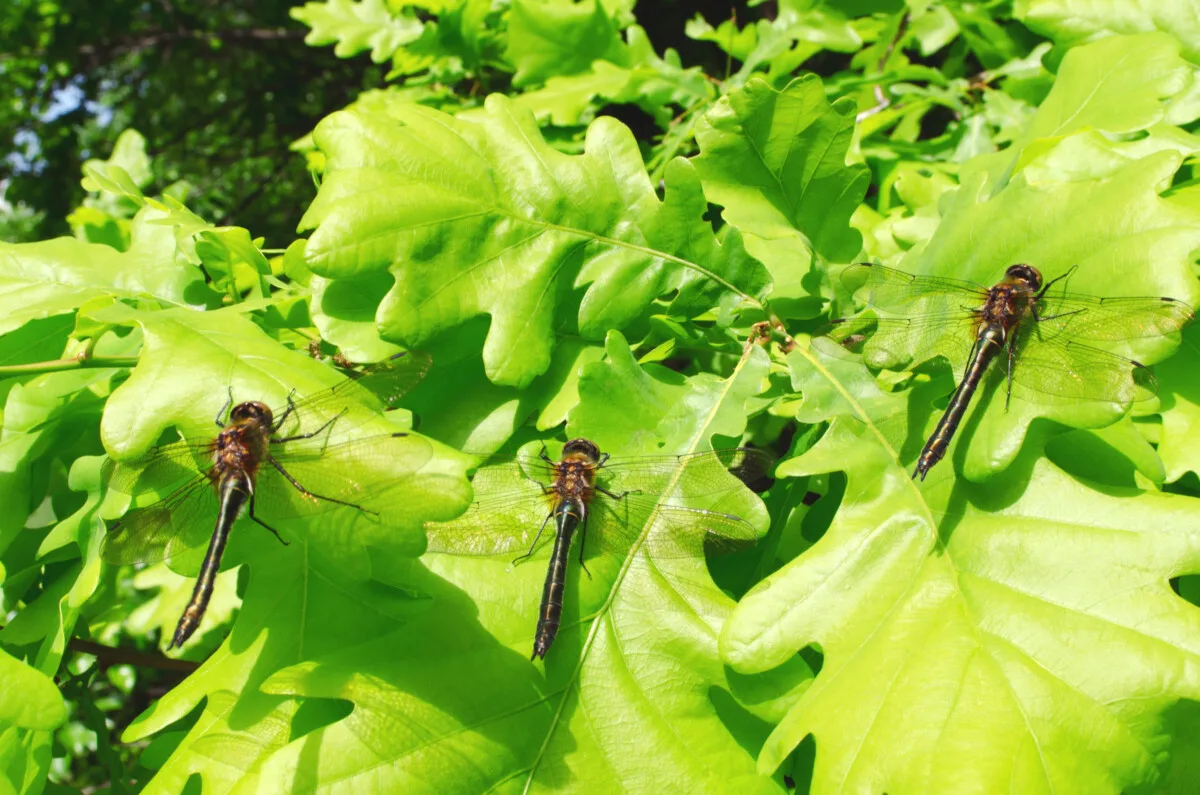
What could be better than a beautiful dragonfly zooming about the garden to brighten your day?
Well, a flight of dragonflies or a static swarm has been known to top that. I can’t think of much more that would surpass that momentary delight of having incredibly skilled hunters in my garden.
It’s said that when you see a dragonfly, whether in real life or your dreams, it is a sign of good luck coming your way.
I think we could all use some of that.
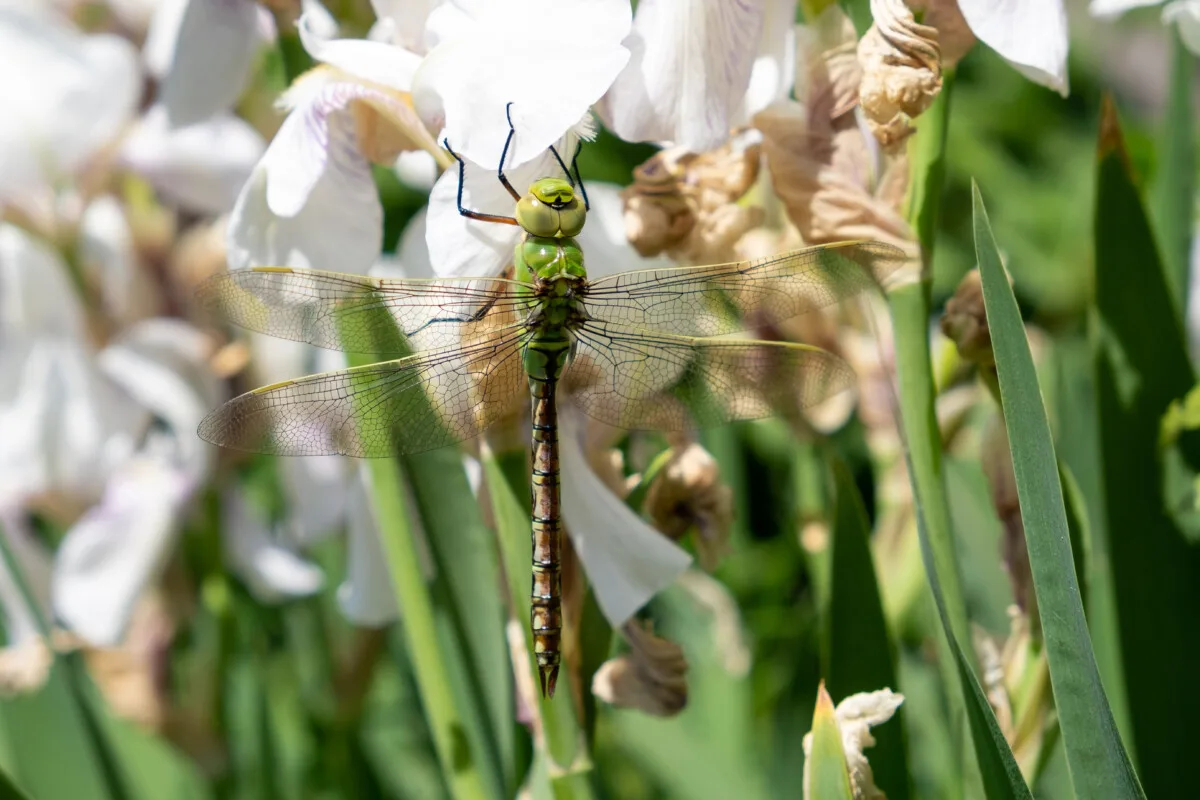
Symbolically, dragonflies also represent the power of transformation, new beginnings, hope and change.
But if they haven’t been coming on their own, there are ways to attract dragonflies to your garden. Water, food and flowers are just part of the secret.
What are Dragonflies?
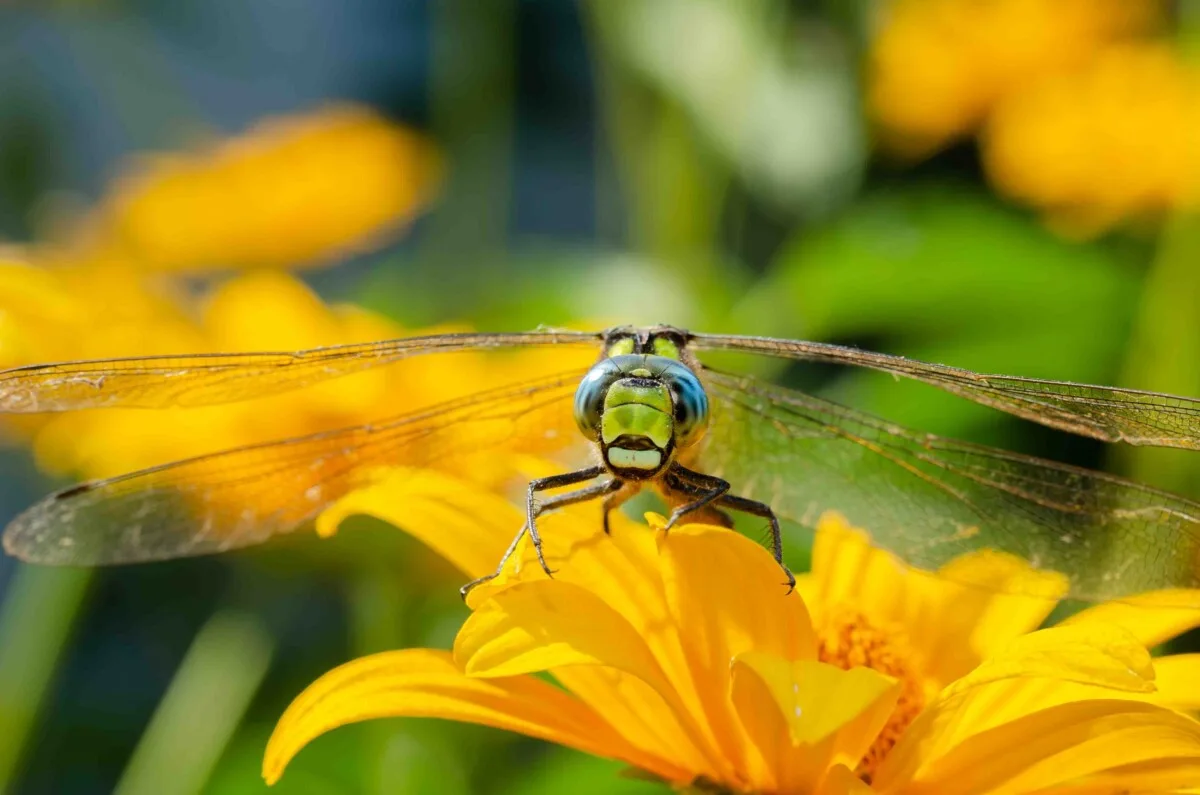
You have probably seen a dragonfly or two in your life, if not out in nature, then on stationery, prints, watercolor paintings, stickers, ceramics, mugs and more. They are a popular subject for artists to paint and draw all around the world.
Dragonflies (Anisoptera) are most noticeable in summer, particularly around ponds and lakes, often seen perched on a cattail waving in the breeze. At least, that’s where I usually see them. I’ve also observed them down by our creek, though they don’t live there. They must live out their larval stage in a pond not so far away.
Living on every continent except Antarctica, dragonflies can easily be seen, and sometimes heard, from afar.
Most notable is their slender and elongated abdomen, followed by their 4 wings (two pairs) and large eyes, which make up most of their head. Be careful not to confuse them with damselflies which are similar in appearance.
Have you ever had the chance to come up close to their amazing dragonfly eyes?
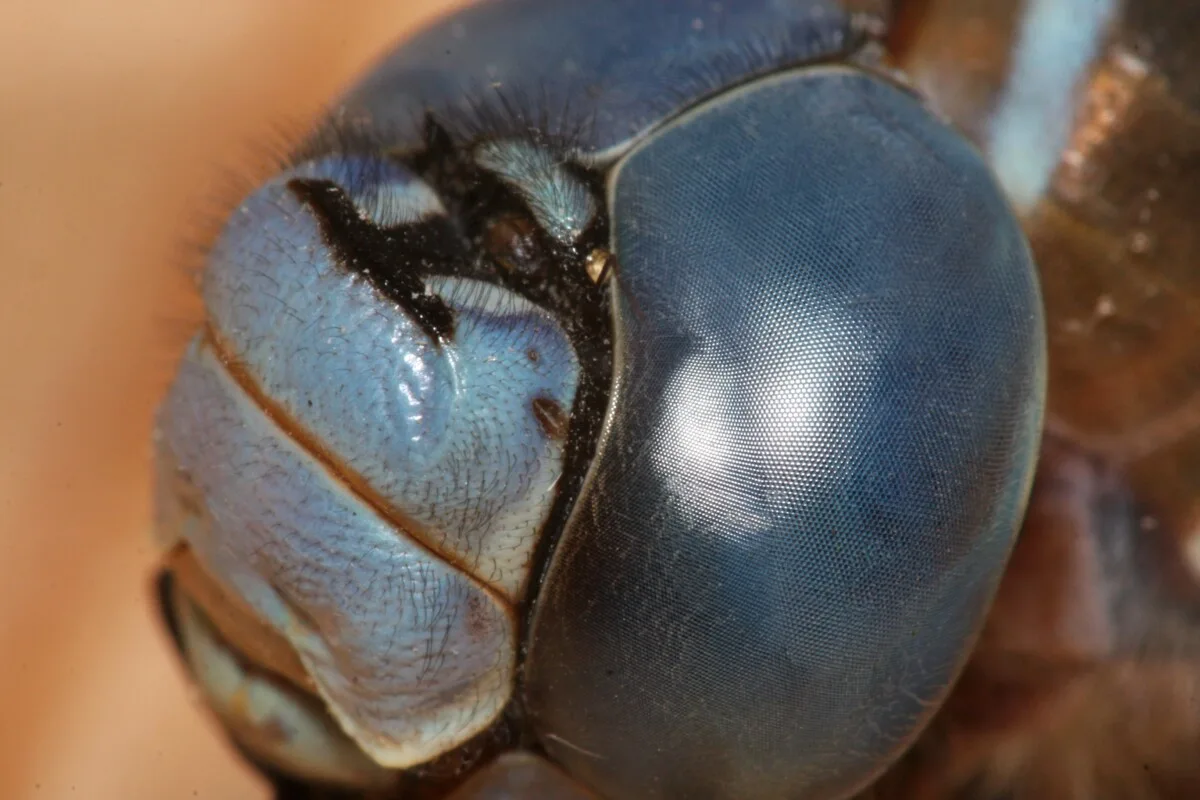
Imagine for a moment that you are a dragonfly, each of your eyes would be the size of a football helmet. Oh, what you could see! The truth is, dragonflies still don’t see as well as humans, but they do have better vision than most insects.
Each eye is comprised of up to 30,000 ommatidia – that’s a complex word to say that an insect’s eye is made up of many hexagonal units (lenses) packed together. This allows dragonflies to see in a way that we can’t. With their 360-degree vision and sensitivity to motion, combined with their ability to hover, they are excellent hunters not only in daylight but also at night.
Life Cycle of a Dragonfly
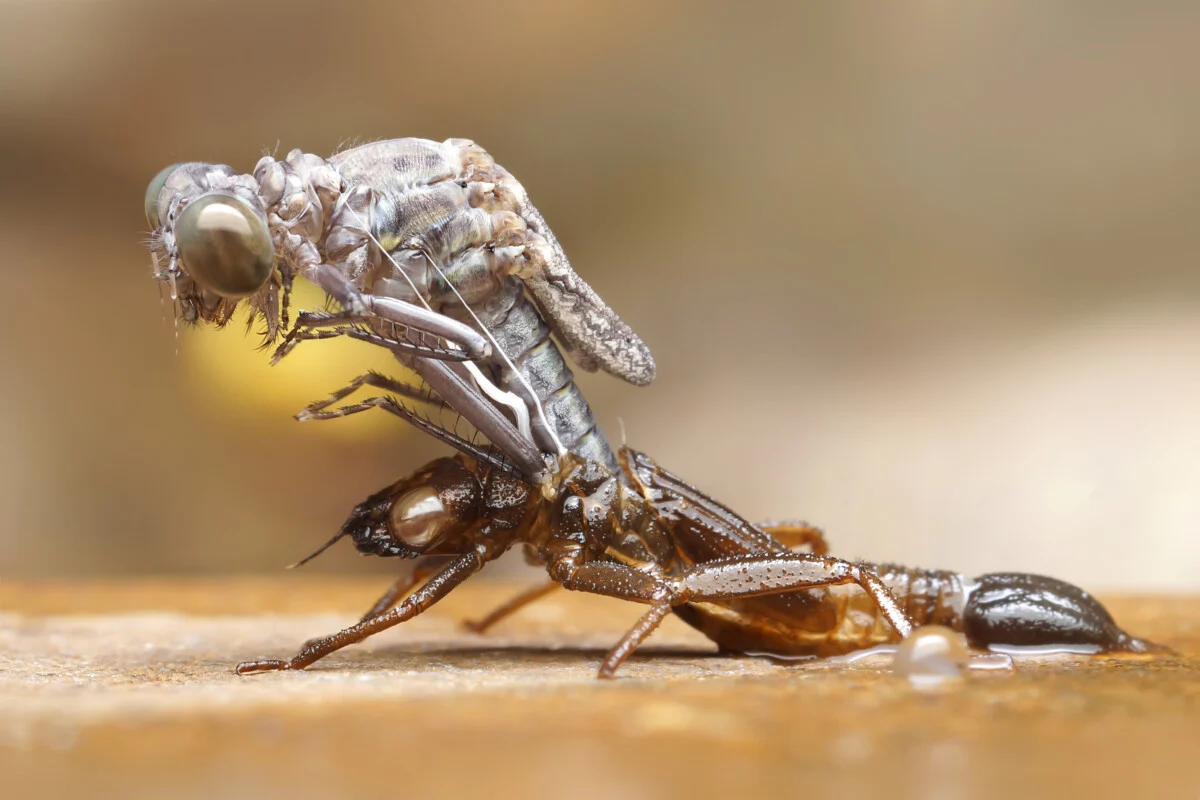
There are three stages in the lifecycle of a dragonfly: eggs, larva, and adult. It’s really only the short-lived adults that you see flying around.
For the other stages of life, you’ll need access to a pond, or creek, along with some experience for finding the eggs.
It begins like this: female dragonflies lay eggs in or near the water, on floating plants or closer to the edge plants. In about two weeks, the eggs hatch. They are then called nymphs, or immature dragonflies.
The dragonfly nymphs live in the water, molting their old skins as they grow. The length of the nymph stage depends on the species, ranging from a couple of months to several years.
With internal gills, they can survive underwater, using extendable jaws to catch mosquito larvae and other invertebrates, even tadpoles.
When their time as a nymph is up, they metamorphose into an adult, often climbing a reed or cattail at night.
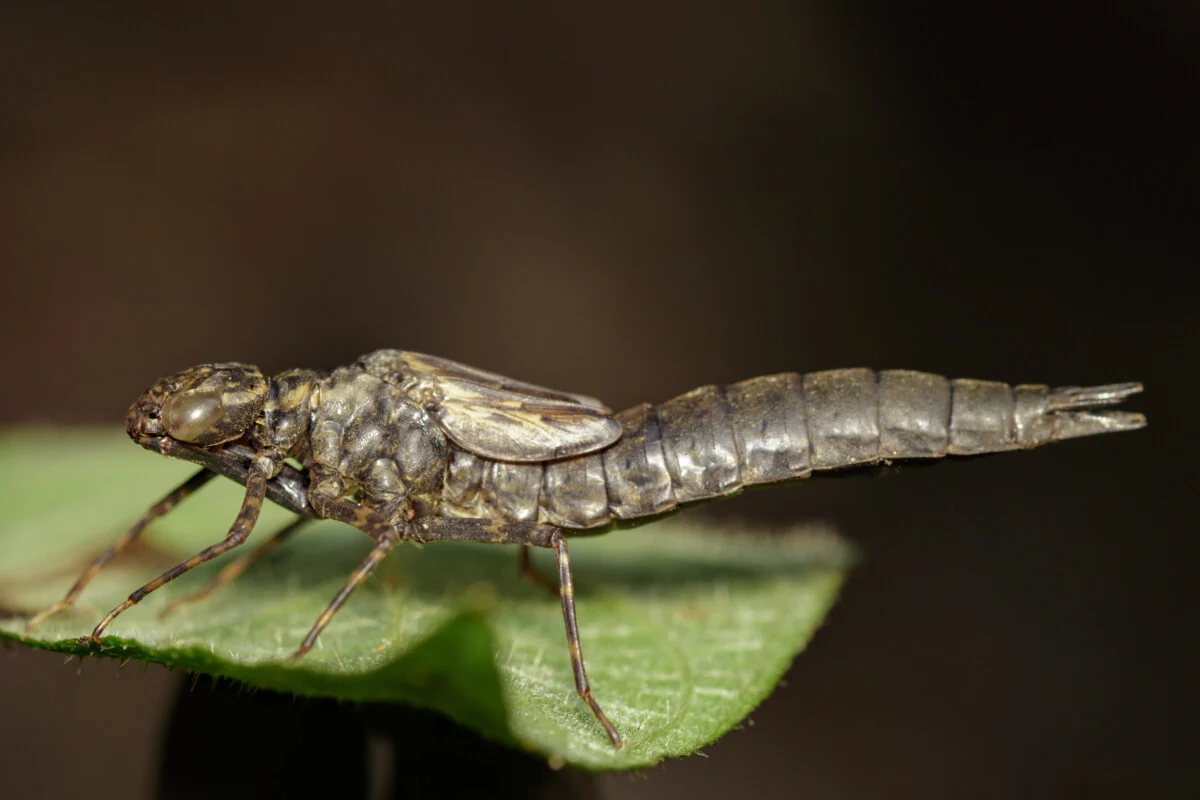
It’s this time in the open air that induces the larvae to begin breathing. To see it happen is quite an experience, sort of like a snake shedding its skin, or even more similar to watching a cicada molt.
Once it crawls out of its tight skin, it waits until sunrise to begin flying around, ready to feast on midges, flies and mosquitoes.
Benefits of Attracting Dragonflies to Your Garden
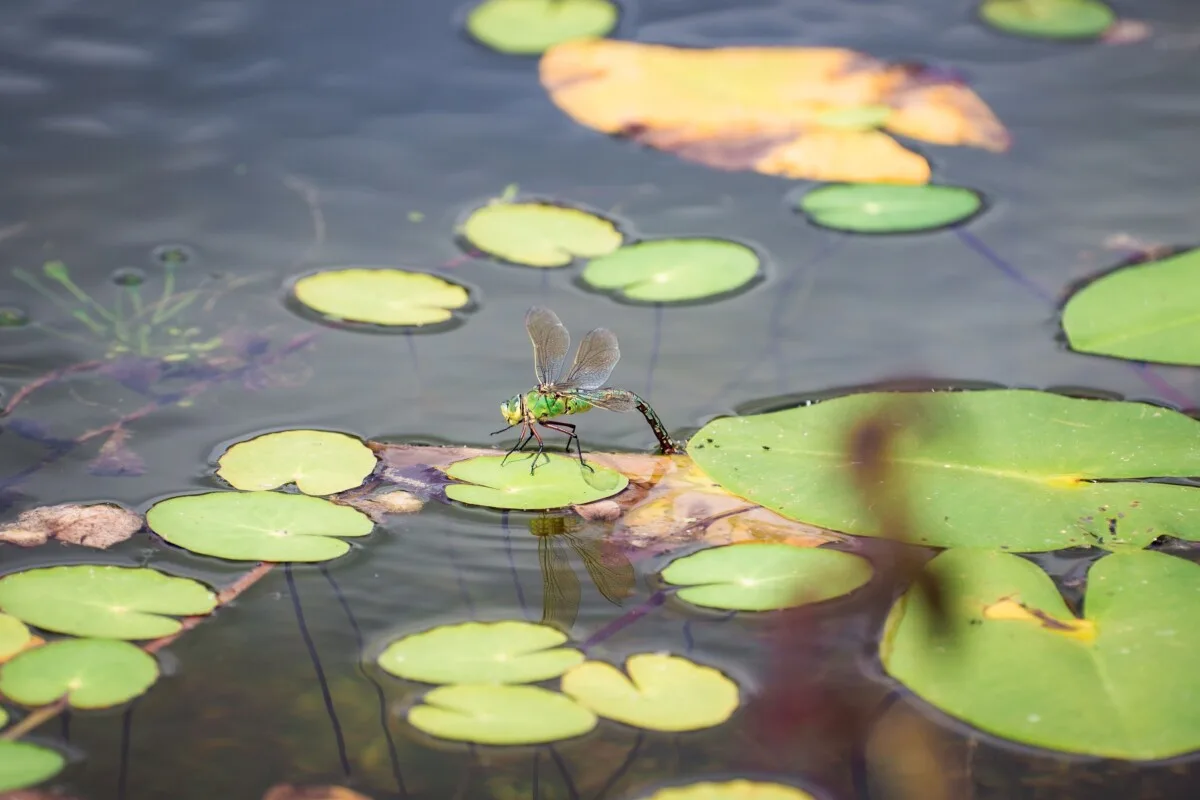
The beauty and intrigue that dragonflies bring are part of the allure of attracting them to your backyard.
And as you already know, they eat mosquitoes, just as bats do. However, bats will also eat dragonflies, so there you’ll have to find balance if you are attempting to attract both at the same time.
One of the best reasons to create more habitat for these ancient insects, the oldest species being at least 200 million years old according to fossils, is that their natural ecosystems are in decline.
Dragonfly conservation promotes the construction of wetlands, which have been removed for the sake of agricultural land. There’s also the issue of contaminated and polluted water from chemical runoff due to farming, as well as residential and factory contaminates being released into nature. Dragonflies are indicators of a healthy environment. Once it’s gone, they will be too.
If insect decline concerns you at all, it’s time to start giving something back to nature. Creating a small plant-filled wetland or garden pond is a great start.
1. Mosquito Control
You might be thinking, if I add a pond to my yard, then I’ll have mosquitoes to deal with. That’s true, but there’s a high probability you will have dragonflies too.
Since a single dragonfly can eat hundreds of mosquitoes a day, it seems like a good idea to me. Because not only would the addition of a pond bring mosquitoes and dragonflies about, but it would also interest other insects and critters such as toads, frogs, newts, hedgehogs, birds, turtles, etc.
When you consider that the nymphs also eat mosquito larvae, well then, go for it.
2. Insect Predators
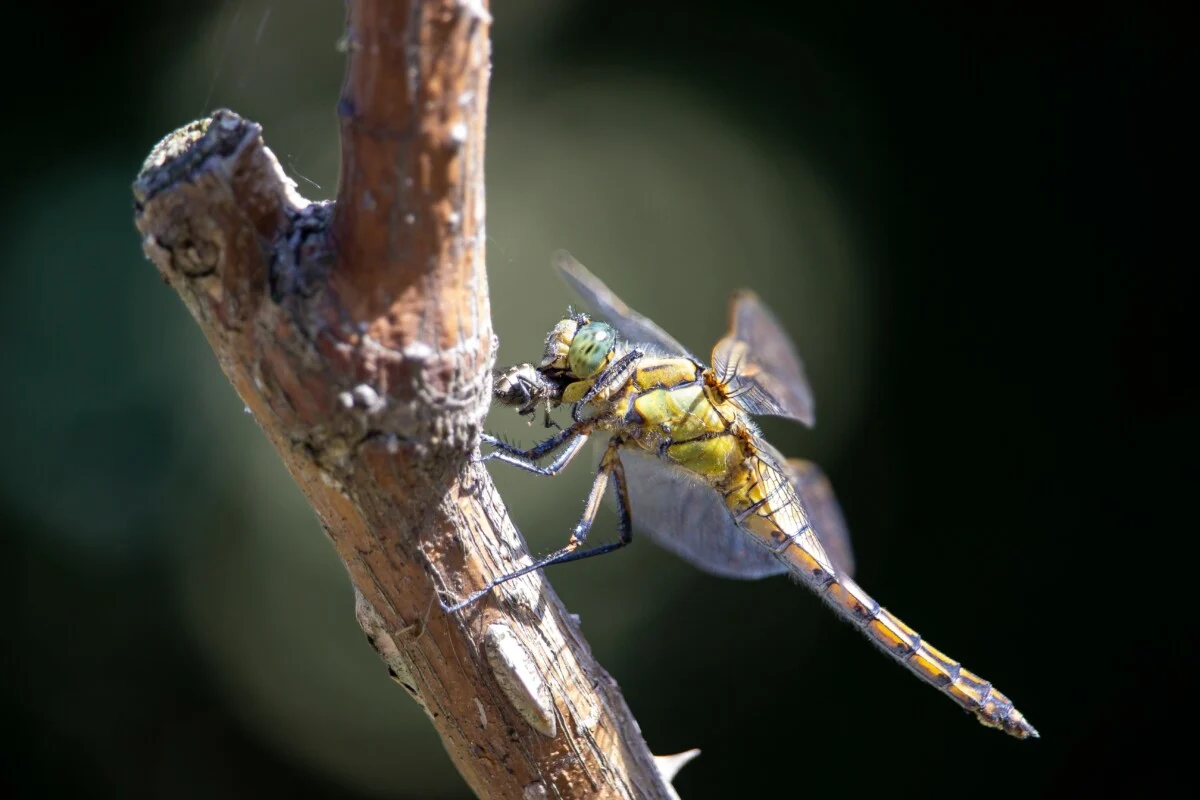
Dragonflies have a hunt-and-catch success rate of 95%. That’s among the best of any species. Their ability to fly fast, hover and sense movement with their eyes, along with their specialized catching style, contributes to their agility in the air.
Some dragonflies scoop up insects with their spiny legs in the air, for a meal on the go. Others open their mouths for a bite in flight.
Besides mosquitoes, you’ll also find adult dragonflies dining on flies, midges, butterflies, moths and other flying insects.
In some of the same ways you can attract birds to your garden, you can also provide shelter and resting spaces for beneficial dragonflies too.
3. Add Beauty to Any Garden
Dragonflies can be found in bright blue, purple, red, orange, yellow, gold and striped specimens.
But, it’s their iridescent wings that really shine. Made from chitin, the outer (harder) layer provides structure and support, whereas the inner, more flexible layer, helps the wings to flutter at 30 to 50 cycles per second. Compared to a honey bee whose wings beat at 230 times per second, or a mosquito with a wing beat cycle of 300 to 600 times per second, it’s amazing to see the speeds at which dragonflies can fly.
As they perch among the flower stems, they will appear as momentary jewels adorning your garden.
4. Sign of a Healthy Ecosystem
There are 307 species of dragonflies in North America. Perhaps you’ve only seen a handful of them, yet they are out there, somewhere where the land and water are healthy.
Think about it, almost the entire lifecycle of the dragonfly is carried out in the water. The only way they can make it to a couple of months of adulthood is to have access to clean water – water that is free of chemicals, fertilizers, insecticides, physical garbage and sediment erosion.
Now, think about all the water sources you know locally around your home. Do they qualify as being clean enough to attract dragonflies? If not, what can you do about it?
If you are lucky enough to see mature dragonflies in the wild, consider yourself lucky for finding a safe haven in the ecosystem.
How to Attract Dragonflies to Your Garden
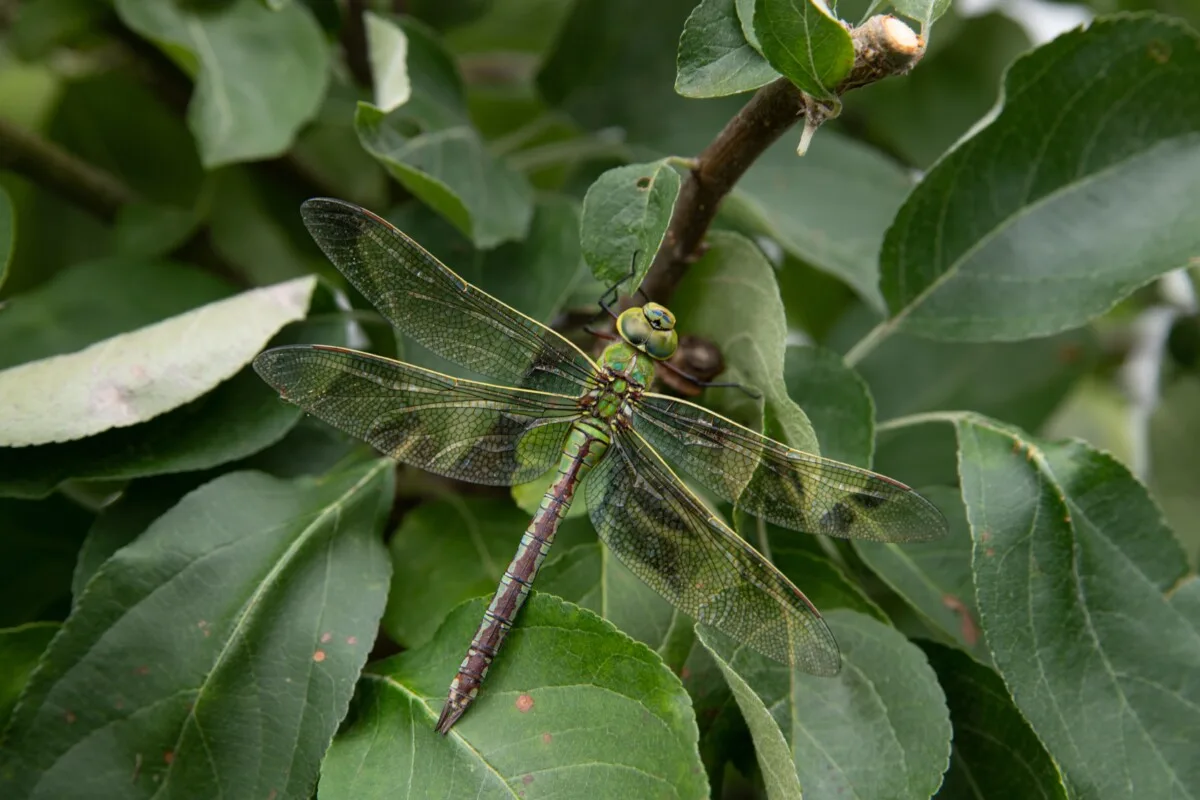
Not sure if your garden qualifies as a dragonfly habitat? Well, they pretty much need three things for survival: water, food and flowers.
All things considered, that’s not too much to ask for.
Let’s get to some more specifics, so you can give those visiting dragonflies anything they’d like from the menu.
Dragonflies need a water source.
The number one thing that dragonflies require, is a pond, or other source of standing water. The water doesn’t even have to be all that pristine; they actually prefer it sort of swampy and full of life – not at all like a swimming pool, or fresh water in a bird bath. They need to find the best spot to hide their eggs.
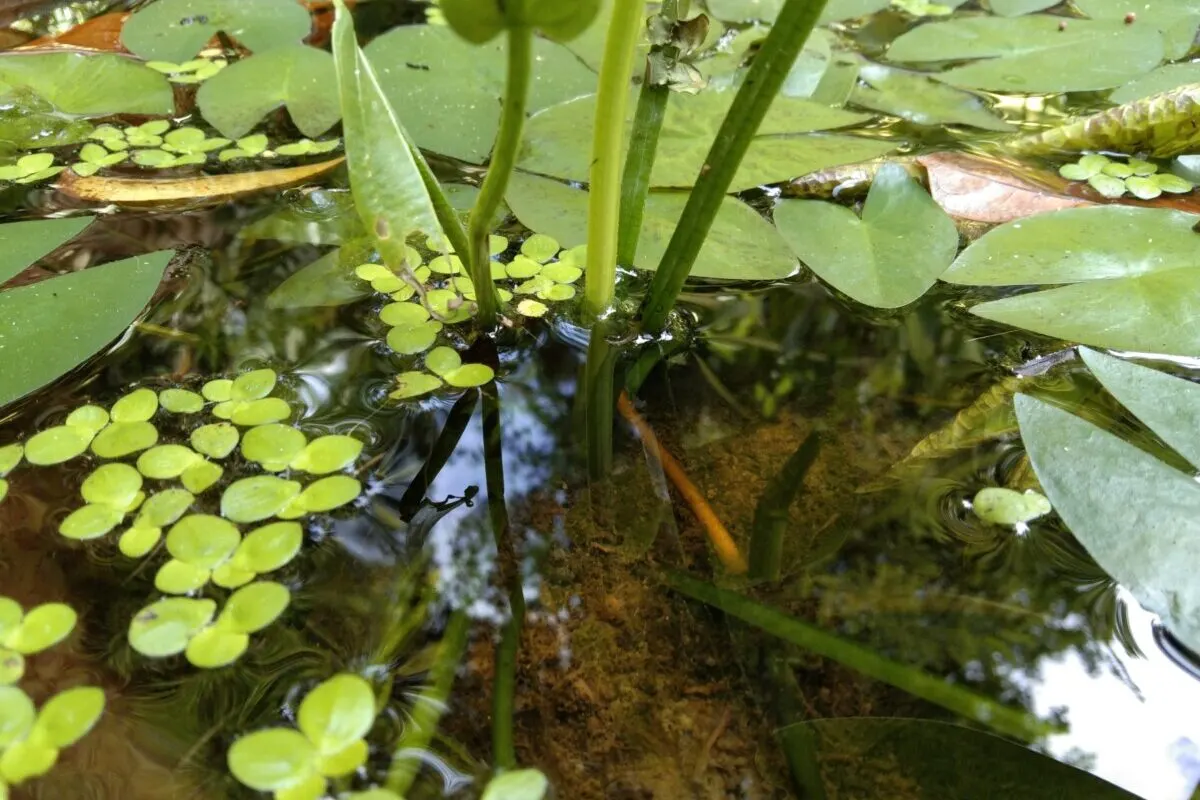
If you have a pond or are thinking about installing one, that’s great! But, it isn’t necessary to attract a swarm of dragonflies. Even an old bathtub filled with aquatic plants will do.
If you live within a mile of someone else’s water source, that’ll do nicely too, since dragonflies will fly far in search of food.
They may, however, come less often as they will get distracted by other tasty bites along the way.
Remember what I said about swampy water? That’s all good and fine as long as their breeding water isn’t polluted with chemicals and other nasties. The amount of dragonflies you find flying about the land is a good indicator of stream and river health.
In addition to having a constant source of wetness, the water should be at least 2 feet deep.
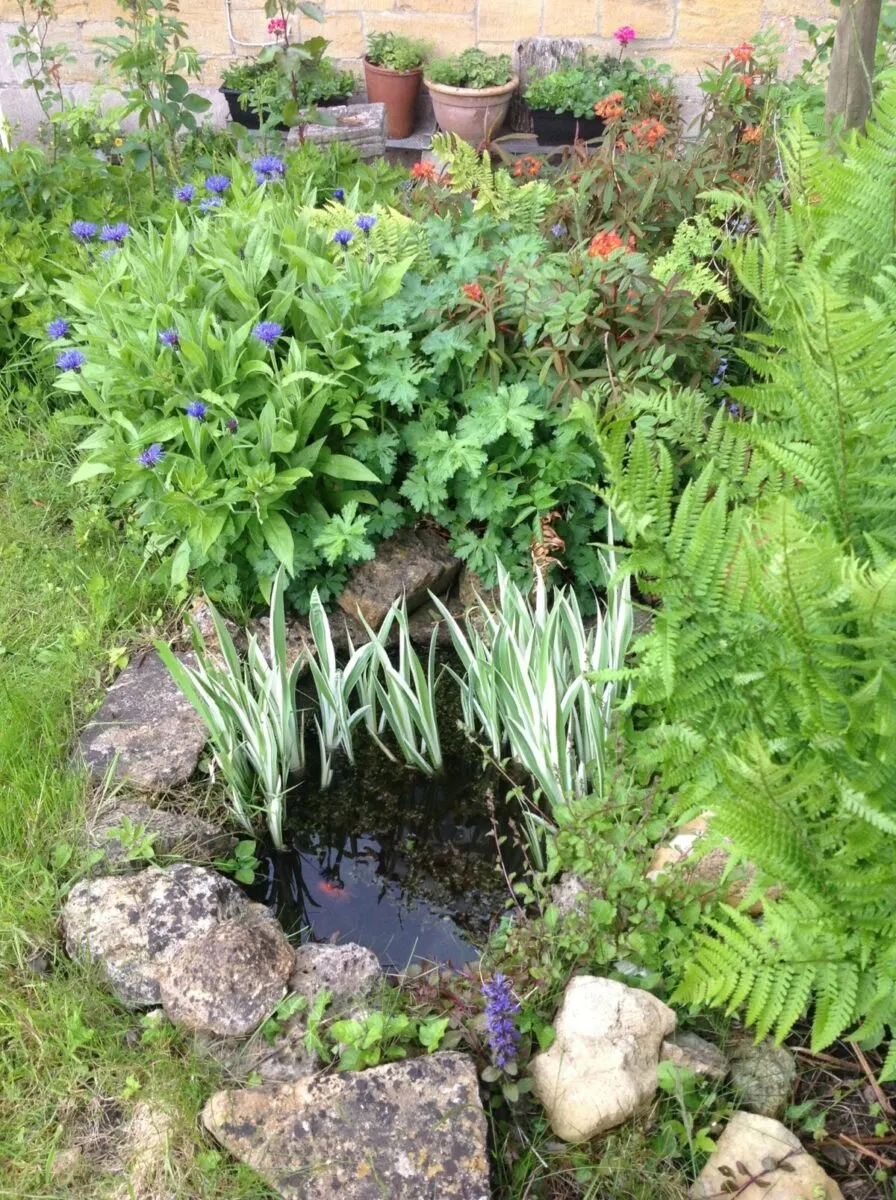
Dragonflies will not find rainwater in the gutters sufficient for supporting their lifecycle. Save the water in the hanging birdbaths for the birds and bees while you are at it.
If you do go the pond route, be sure to plan for plenty of plants around the edges. This foliage will aid the vulnerable dragonflies and protect them from predators when they first emerge – it takes a few days for their bodies to harden up.
Using a combination of vertical and horizontal hiding places will give them the best start in their very short adult lives, ranging from 7 to 56 days. A few species can live up to a year. It’s in their aquatic larval stage that lasts for 2 years when they need water the most. Now it starts to make sense why they need so much and so consistent water.
Supply some mosquitoes and other insect prey.
Mosquitoes are tasty at all stages of life, at least from a dragonfly’s perspective. If they can find them, they’ll eat 30 to more than a hundred a day. Adult dragonflies will also eat just about anything else they can catch, including butterflies, moths, flies, midges, bees, and, quite possibly, other dragonflies.
A large dragonfly can eat their own body weight in insects every single day. I bet you couldn’t, or definitely wouldn’t want, to do that.
If you’ve been working on reducing the mosquito population, but haven’t found a good balance yet, perhaps it’s high time to encourage dragonflies in your garden.
Don’t pay too much energy to them eating other beneficial insects, for you can’t have one without the other. Besides, it’s fun to watch them catch prey in midair while speeding along at 10 mph.
Did you know that larger species of dragonflies, like hawkers, can accelerate to 35 mph (54 km/h)?
Plant flowers.
The last way to attract more dragonflies to your garden is to plant flowers, pretty flowers. You can never have too many flowers in your garden or backyard.
Here is a quick list of some potential flowers that will help attract dragonflies to your garden:
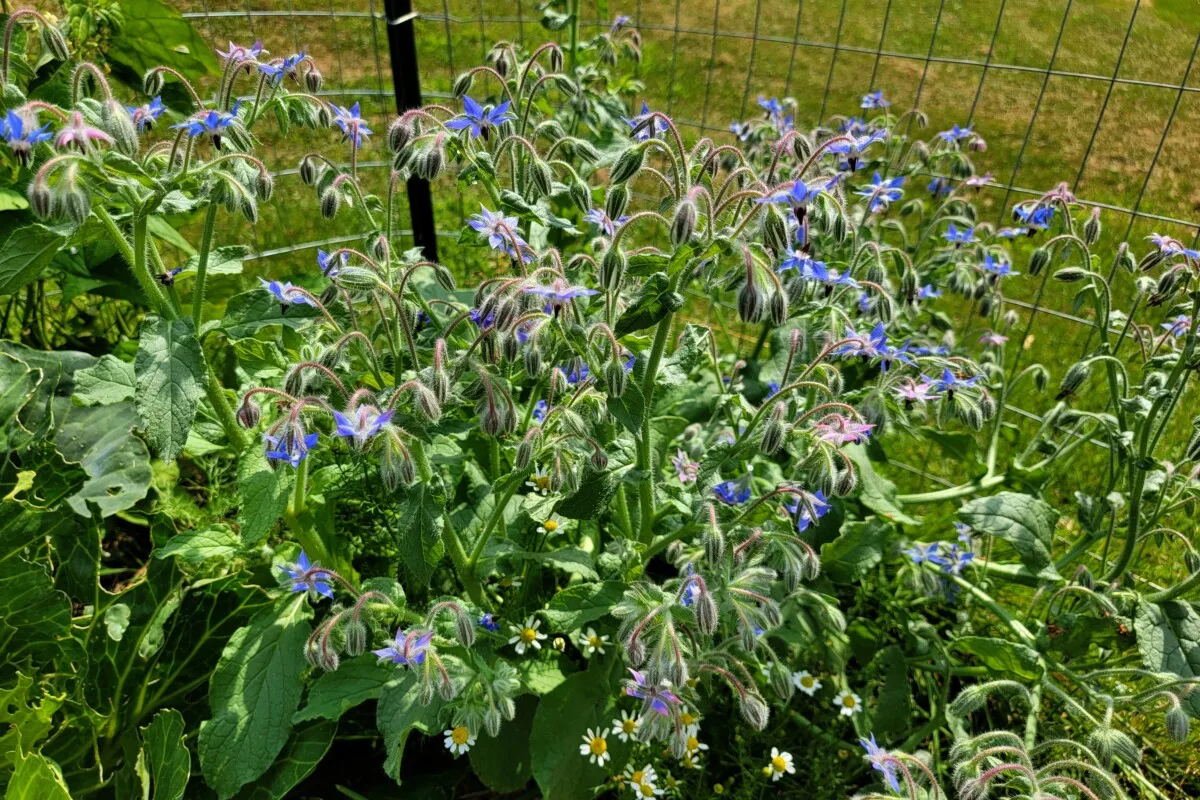
- aster
- borage
- coreopsis
- irises
- ironwood
- Joe Pye weed
- meadow sage
- pickerel weed
- purple coneflower
- yarrow
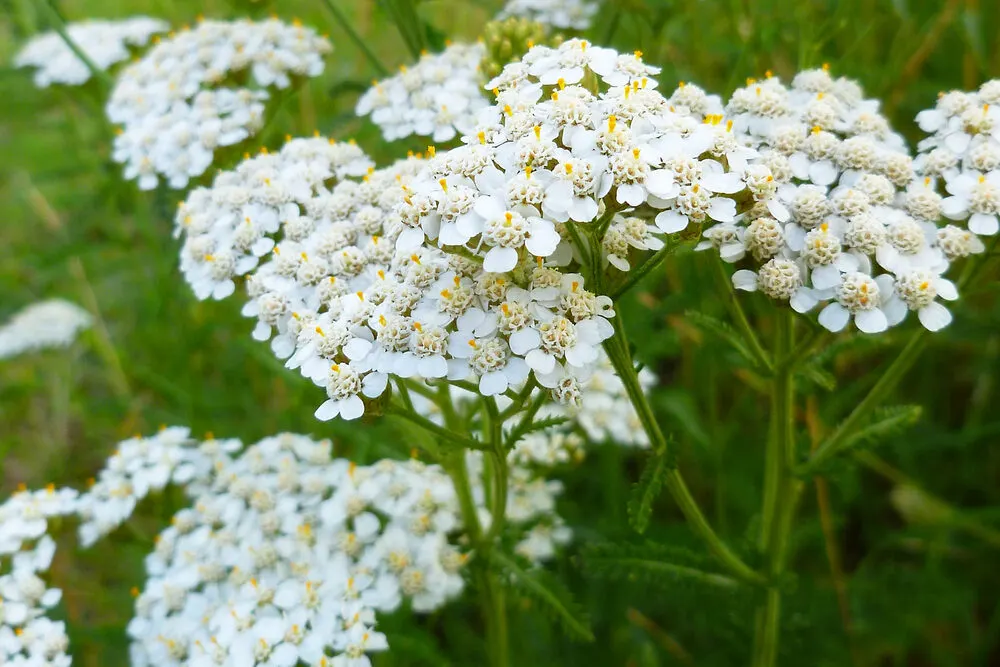
If you are familiar with these plants, you’ll notice that most of them have isolated leaves and/or flower stalks that make for easy landing and resting. Also, a majority of these flowers are sun-loving plants. Dragonflies will often be out hunting under the sun. Make sure they have plenty of open areas to zoom about, as well as a water refuge as listed above.
Do Dragonflies Sting or Bite?
This question always comes up when the thought of inviting a new creature into your garden comes along – will it hurt me?
Though dragonflies are voracious hunters, humans are far too big a target. Besides, they really like eating mosquitoes and fruit flies. That being said, dragonflies cannot sting without a stinger, though they can bite, and they will if they are provoked or threatened. Who wouldn’t?
Never fear; while a dragonfly bite may startle you, it is still a very small bite. Do be careful with larger species, though. In the rare event that you do get bit, simply clean the wound, apply some wet clay or a bandage and be on your way. It’ll heal in a few days.
If you leave dragonflies at peace in the garden, there will be very little to worry about.
The biggest problem that may arise, is whether or not you have enough mosquitoes.

Get the famous Rural Sprout newsletter delivered to your inbox.
Including Sunday musings from our editor, Tracey, as well as “What’s Up Wednesday” our roundup of what’s in season and new article updates and alerts.

